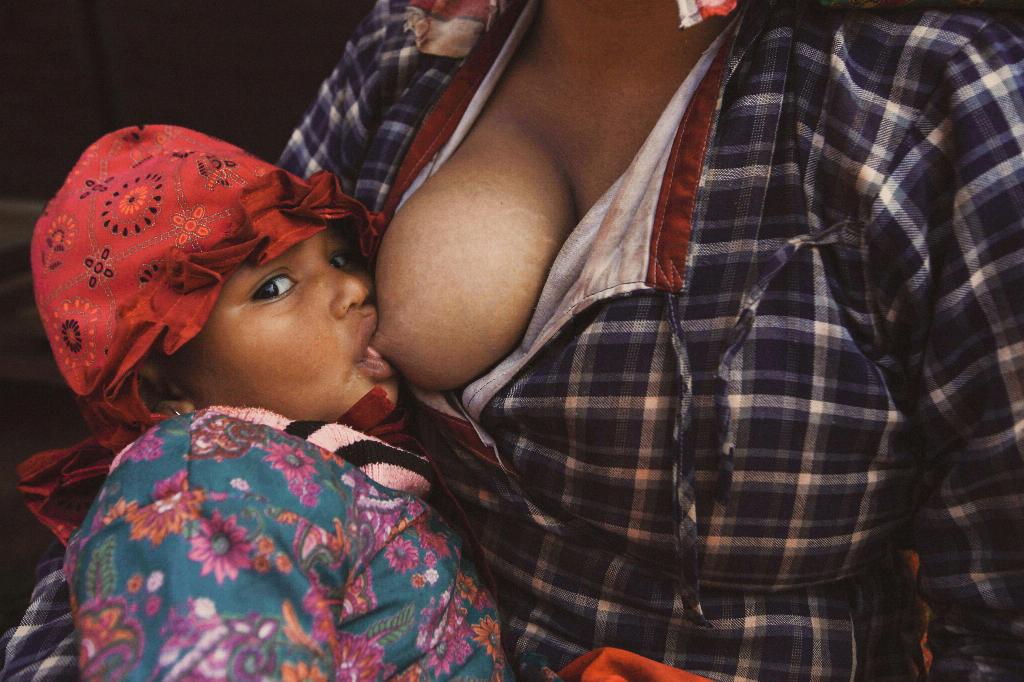Experiencing sore nipples after breastfeeding is a common issue that many new mothers encounter. While it’s a normal part of the breastfeeding journey, it can be uncomfortable and sometimes painful. Sore nipples can occur due to a variety of reasons, including improper latch, friction, and sensitivity. Fortunately, there are several strategies you can implement to help alleviate and prevent this discomfort.
Proper Hygiene and Care
One key aspect of addressing sore nipples is maintaining proper hygiene and care. It’s essential to change breast pads after every feed if you’re using them to prevent moisture buildup, which can exacerbate nipple soreness. Additionally, avoid using soap on your nipples as it can dry out the skin and contribute to further irritation.
Optimal Feeding Practices
Ensuring proper feeding practices can also play a significant role in addressing sore nipples. Avoid shortening feeds, as this can lead to incomplete emptying of the breast and potential issues with milk supply. Instead, allow your baby to nurse fully on each breast to promote effective milk removal and prevent engorgement.
Positioning and Latching Techniques
One of the primary culprits of sore nipples is often an improper latch. It’s crucial to work on achieving a comfortable and efficient latch with your baby to minimize friction and trauma to the nipple. Experiment with different breastfeeding positions to find one that works best for you and your baby, ensuring a deep latch to prevent nipple pain.
Comfortable Bras and Clothing
Choosing the right clothing can make a significant difference in alleviating nipple soreness. Opt for cotton, non-underwired bras that allow for air circulation and reduce friction on the nipples. Loose-fitting tops can also help prevent unnecessary pressure on the breasts, promoting comfort during and after breastfeeding sessions.
Utilizing Moisturizers and Soothing Remedies
Applying a gentle, lanolin-based nipple cream or ointment can help soothe and moisturize sore nipples, promoting healing and comfort. These products create a protective barrier that aids in reducing friction and alleviating pain. Additionally, warm compresses or chilled gel pads can offer relief and reduce inflammation after nursing.
Consulting with a Lactation Consultant
If you continue to experience persistent nipple soreness despite implementing various strategies, it may be beneficial to seek guidance from a lactation consultant. These professionals can provide personalized support, assess breastfeeding techniques, and offer tailored recommendations to address any underlying issues contributing to nipple discomfort.
Rest and Self-Care
Remember to prioritize self-care and rest during this period to promote healing and overall well-being. Breastfeeding can be demanding, both physically and emotionally, so allowing yourself time to relax, hydrate, and nourish your body can positively impact your breastfeeding experience and help alleviate nipple soreness.
Monitoring and Seeking Medical Attention
While mild nipple soreness is common, persistent pain, cracking, or bleeding should not be ignored. If you notice any concerning symptoms or signs of infection, such as redness or pus discharge, contact your healthcare provider promptly. Timely medical attention can help address potential issues and prevent complications.
Engaging in Breastfeeding Support Groups
Connecting with other breastfeeding mothers through support groups or online communities can offer valuable insights, encouragement, and solidarity during your breastfeeding journey. Sharing experiences, tips, and challenges with like-minded individuals can help normalize your experiences and provide additional resources for addressing nipple soreness.
Embracing the Breastfeeding Journey
It’s important to remember that breastfeeding is a unique and individualized experience for every mother and baby pair. While sore nipples can be a temporary obstacle, they can often be effectively managed with patience, persistence, and support. Embrace the journey, celebrate your successes, and seek assistance when needed to navigate any challenges that may arise along the way.
Conclusion
In conclusion, sore nipples after breastfeeding are a common occurrence that many mothers face, but they can be addressed through various practical strategies. By prioritizing proper hygiene, optimal feeding practices, comfortable clothing, soothing remedies, and seeking appropriate support when needed, you can effectively manage and alleviate nipple soreness. Remember to care for yourself, embrace the journey, and reach out for assistance if persistent issues arise. Your breastfeeding experience is unique, valuable, and deserving of support and care.

